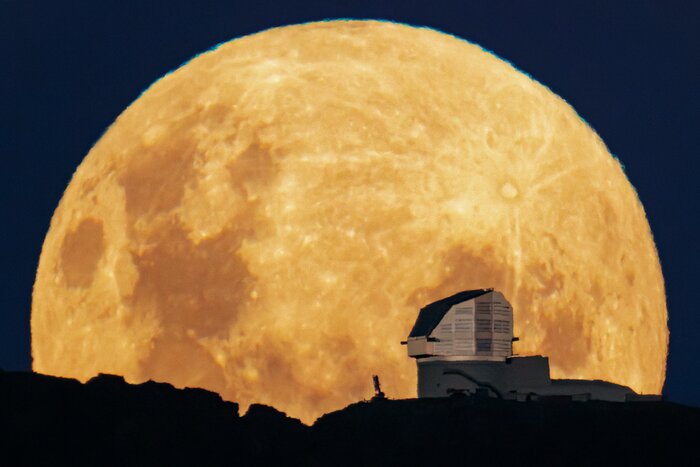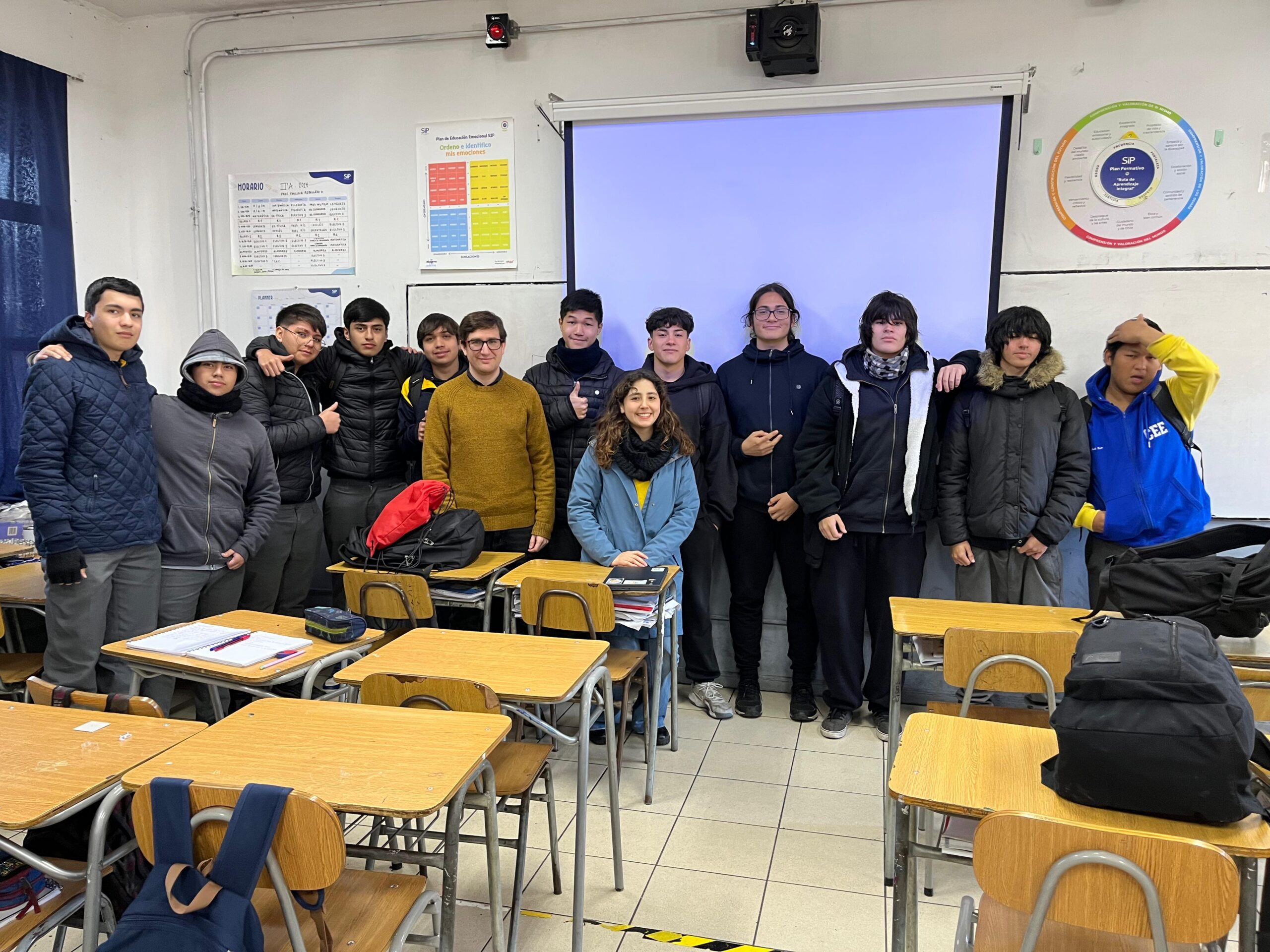
Communities in isolated areas of the south enjoyed attractive astronomical activities
The Astroexpeditions initiative toured the Lakes Region with the presence of professionals who brought schoolchildren and the community in general closer to the topics related to the study of the mysteries of the Universe in a playful and attractive way.
In order to bring astronomy closer to areas that have traditionally been left out of the scientific route, Astroexpeditions were organized by the National Committee for Astronomical Dissemination (NOC Chile).
On this occasion, at the end of September and during one week, 13 astronomers visited Puerto Montt, Calbuco, Puqueldón, Curaco de Vélez, Ancud, Castro, Chonchi, Futaleufú and Palena, among other localities, where they conducted 87 workshops for schoolchildren and seven talks open to the community, with the support of PAR Explora Los Lagos. This tour also served as a prelude to the annular solar eclipse, which was observed with different levels of darkness in most of the national territory.
Yara Jaffé, Associate Researcher of the Center for Astrophysics and Related Technologies (CATA) and academic of the Universidad Técnica Federico Santa María, who valued these initiatives that allow bringing science to different areas of the country, participated in these activities.
“The children were very interested in all the topics. They surprised us with very deep questions about the Big Bang, dark matter and the expansion of the Universe. I think that access to information has made them know many things that their parents may never have heard of. It also happened to us that many people asked us about astronomical phenomena that are viral in networks, such as the double moon. However, not everything can be seen on a screen. The face-to-face activities we carry out are fundamental to arouse curiosity and to experience the discoveries in a closer way. Likewise, it is important for people in these remote locations to meet scientists in person and realize that they are like them, that science is not something unattainable”, said Yara Jaffé.
The Seremi of Science in the South Macrozone, Maite Castro, accompanied part of the team deployed in Chiloé and Futaleufú and valued the impact of this type of activities.
“Usually astronomy is a discipline that is practiced mainly in the north of the country, since there is a high probability of having clear skies. However, it is not exclusive to that territory. Planets and stars can be studied from anywhere, including our Patagonia. From the MinCiencia we value this initiative, which helps to democratize knowledge. It allows children to become enthusiastic about it, to see that in Chile science is done and the good kind, and thus in the near future we will have many more researchers and investigators of the skies”, commented the authority.
In the activities, the topics most addressed by the specialists were whether life exists on other planets, the distance between planets, and the existence of billions of galaxies in the distant Universe.
“It was very dynamic and entertaining. We did the talks along with playful activities, and then we had quizzes with questions and prizes. In particular, we talked about the October 2 eclipse, gave away special glasses for people to prepare, and brought a telescope to see the Sun by day and the stars by night. We also donated books prepared by CATA to school bookstores,” said Yara Jaffé.
It is worth noting that some of the visits were a challenge. For example, the Chaitén and Ayacara sector could only be reached by ferry, and in some rural schools, between 10 and 15 students of different ages usually attend.
“These activities left me with a full heart, because we had an incredible reception. People were fascinated with the topics we talked about and asked many questions. Some of them were incredibly deep, such as ‘where does gravity come from’, ‘what was there before the Big Bang’, or ‘how does God enter astronomy’, which led us to very philosophical and close discussions with people. We were also struck by the reaction of older adults, who had never had contact with these topics, unlike young people, who have much greater access to information,” added Yara Jaffé, Associate Researcher at CATA.
This is the second time that these activities have been carried out and, on this occasion, they were co-financed by the Joint Committee Fund-ESO and FONDECYT projects.
Recent news
-
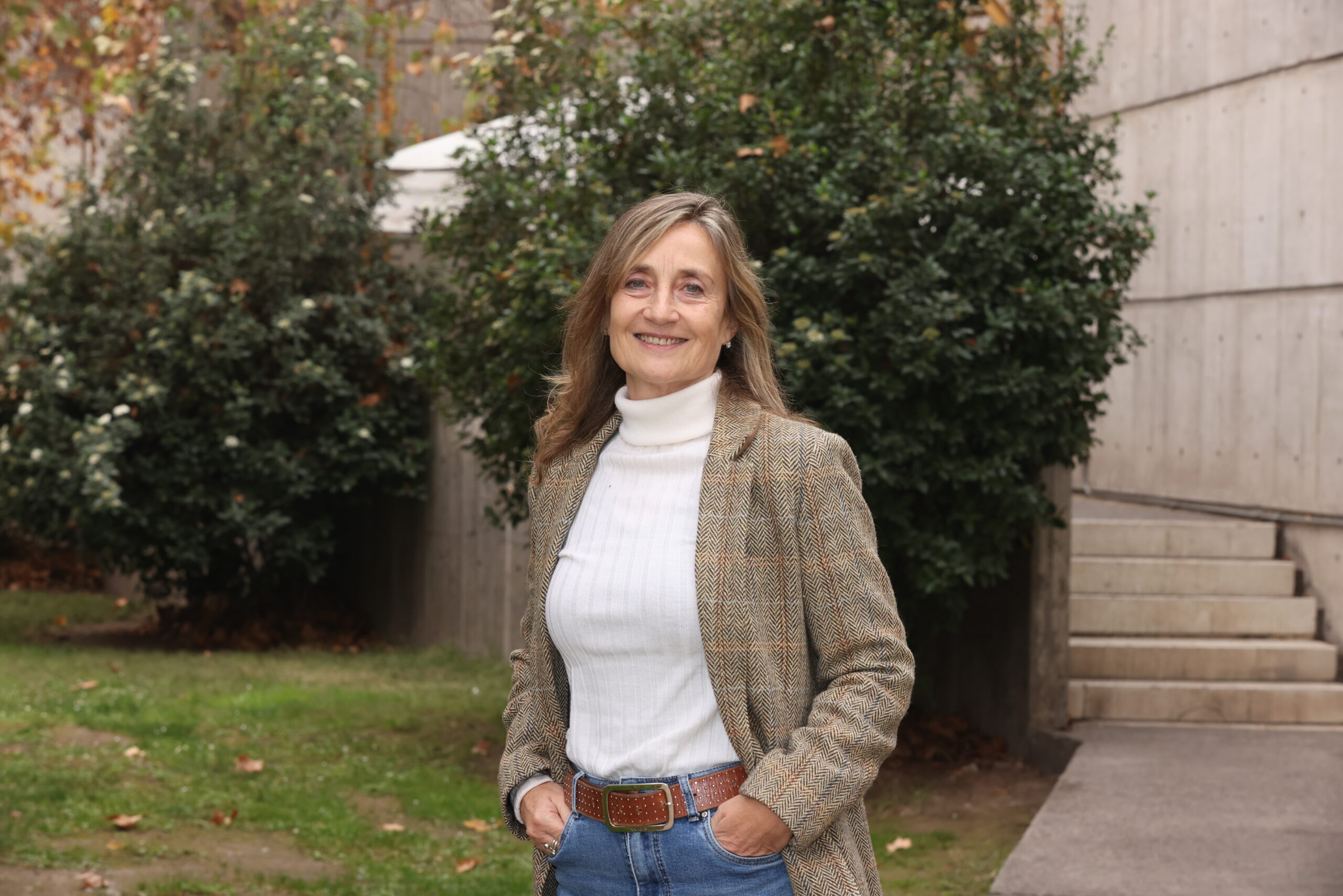 Publicado el: 09/07/2025Patricia Tissera is recognized as full professor by the Pontificia Universidad Católica de Chile
Publicado el: 09/07/2025Patricia Tissera is recognized as full professor by the Pontificia Universidad Católica de Chile -
 Publicado el: 04/07/2025CATA researchers among the best in Chile according to international ranking Research.com
Publicado el: 04/07/2025CATA researchers among the best in Chile according to international ranking Research.com -
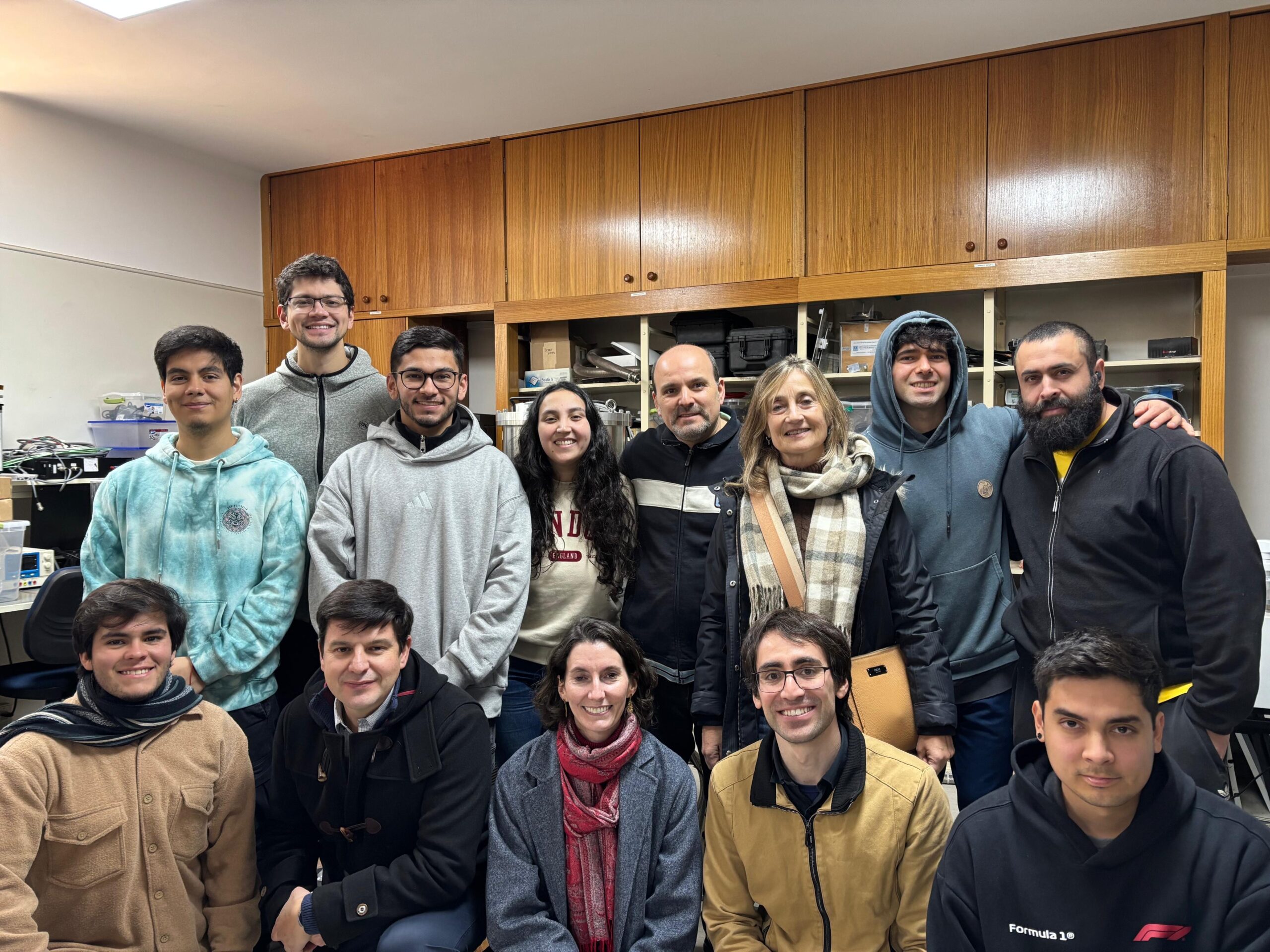 Publicado el: 30/06/2025CATA Director strengthens ties in her second institutional tour
Publicado el: 30/06/2025CATA Director strengthens ties in her second institutional tour -
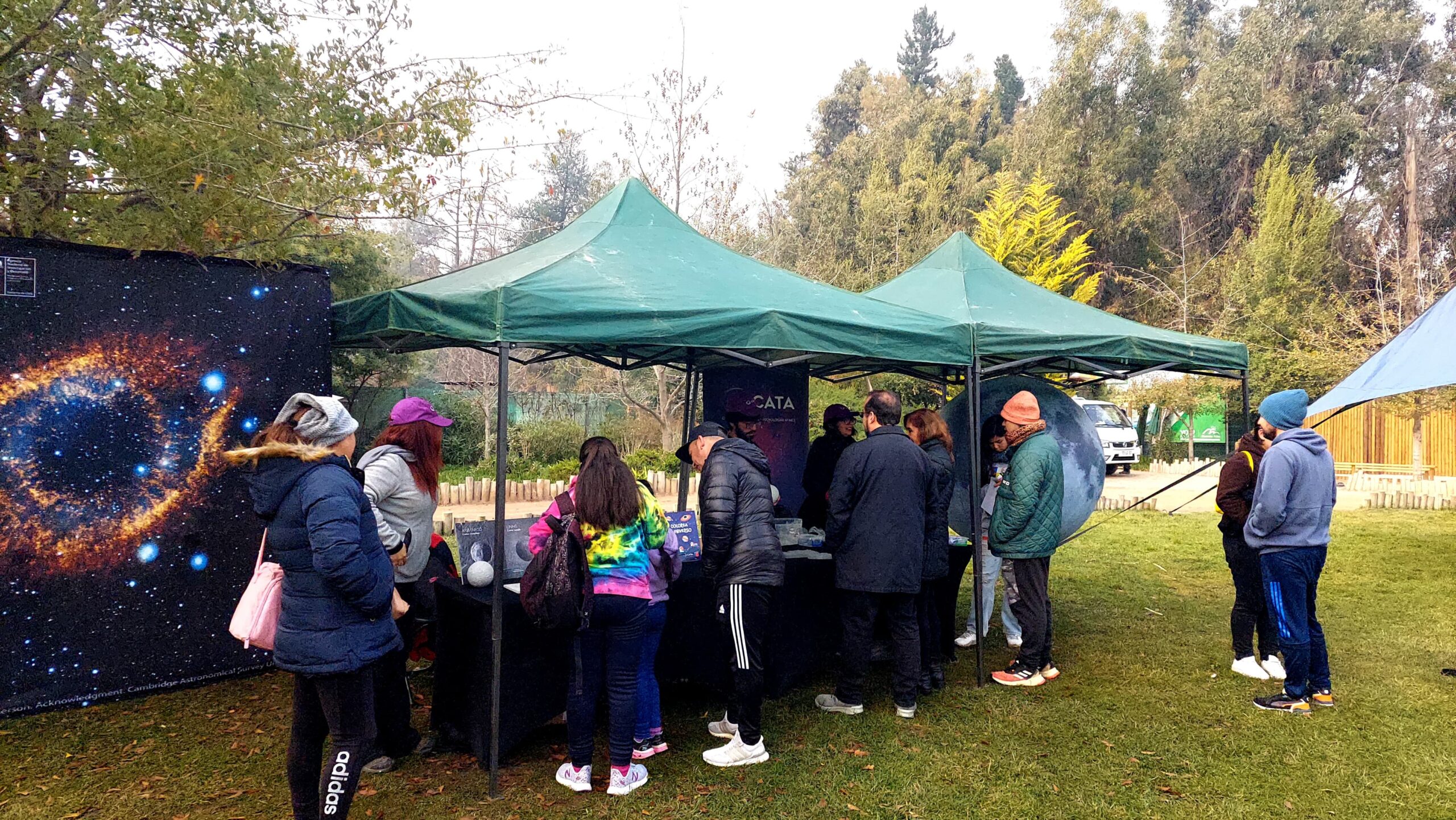 Publicado el: 30/06/2025CATA celebrated Asteroid Day 2025 at the Pueblito de Las Vizcachas Park
Publicado el: 30/06/2025CATA celebrated Asteroid Day 2025 at the Pueblito de Las Vizcachas Park -
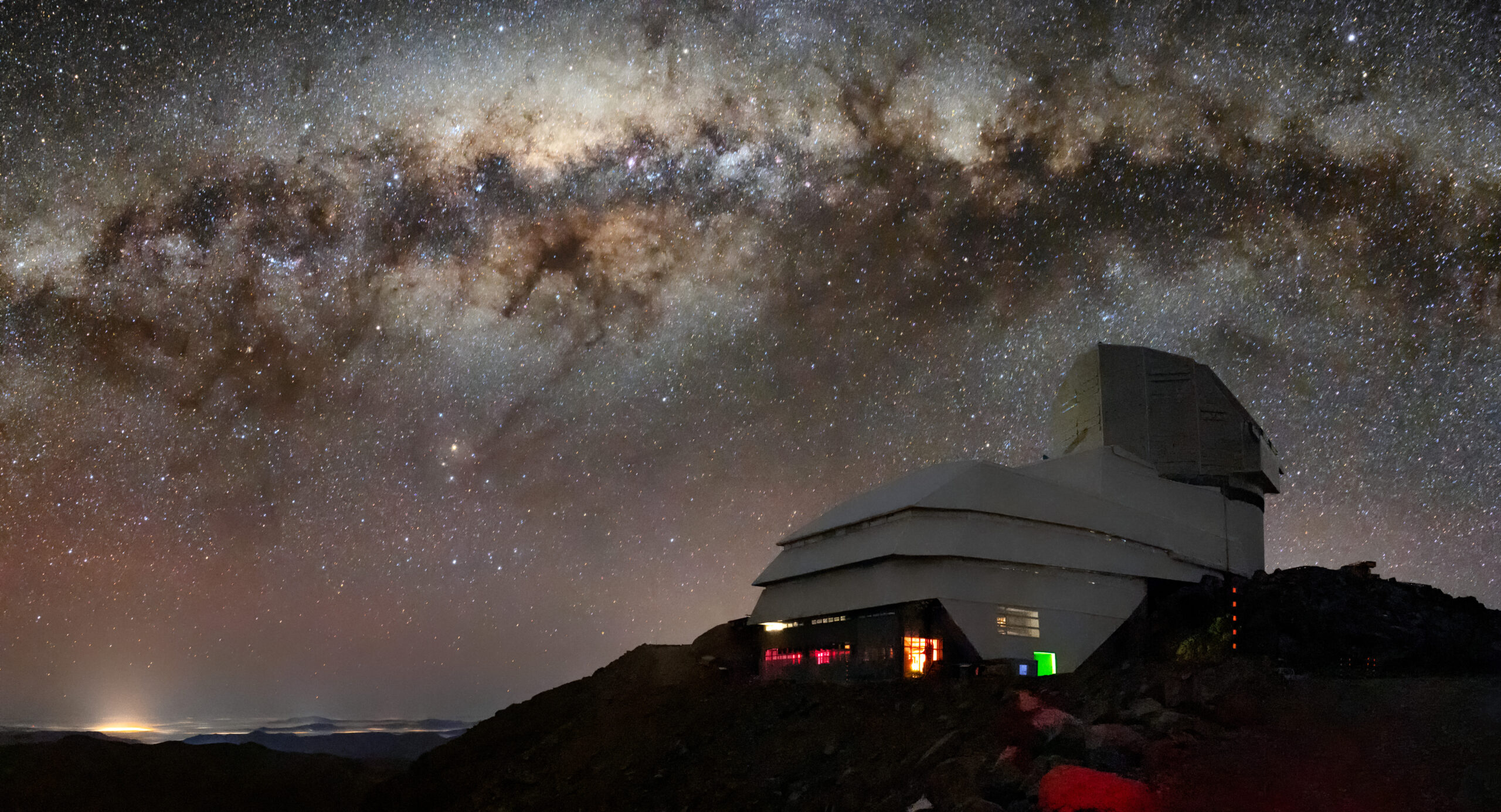 Publicado el: 26/06/2025Vera C. Rubin: the telescope that watches the sky and anticipates the future of astronomy
Publicado el: 26/06/2025Vera C. Rubin: the telescope that watches the sky and anticipates the future of astronomy
Categories list
- Acknowledgments 20
- Astrobiology 5
- AstroCluster 1
- Black holes 13
- Corporativo 49
- Cosmology 4
- Descubrimientos 19
- Disclosure 46
- Exoplanets 13
- Extension 4
- Galaxies 17
- Galaxies formation 2
- Inter y Transdisciplina 2
- Local Universe 13
- Publications 5
- Sin categorizar 31
- Solar System 11
- Stellar formation 6
- Technology 9
- Technology Transfer 12

